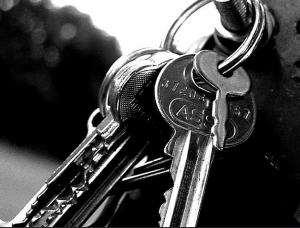By Cecilia Bianco, November 10 2014
 In 2002, Connecticut’s contracted rehabilitation programs for juvenile offenders were discontinued, as they were not producing the results necessary to justify their costs.
In 2002, Connecticut’s contracted rehabilitation programs for juvenile offenders were discontinued, as they were not producing the results necessary to justify their costs.
The lack of the programs’ success was brought to light when a study by the Connecticut Policy and Economic Council, which assessed the return on taxpayer dollars from juvenile justice programs, revealed that recidivism rates among juveniles in the contracted programs were significantly higher than that of a matched sample with no programming. The funding for these programs was cut and reinvested elsewhere.
However, Connecticut has made a complete turnaround in recent years with a 40 percent decrease in arrests, calling for an examination of how they’ve made such staggering improvements.
A recent article in the Juvenile Justice Information Exchange emphasized the following as significant developments that have gotten the state this far:
- Connecticut changed the policy that processed 16- and 17-year-olds through adult court. Now they fall within the jurisdiction of the juvenile court system. While this “Raise the Age” reform was expected to double juvenile court intake, intakes are actually lower.
- Connecticut invested in juvenile probation officers and boasts some of the lowest officer/client ratios in the country. Officers are also afforded tremendous training in motivational interviewing, family engagement, adolescent development and more.
- A Connecticut-specific risk/needs assessment instrument was created, normed and validated, and is regularly updated and refined, as is the process the assessment tool is used with.
- An automated case plan helps focus officers and clients alike on specific goals and ensures appropriate treatment.
- Data systems were developed to carefully monitor outcomes.
- Connecticut, in subscribing to the Result-Based Accountability tenets, asks and answers quantitatively on a quarterly basis: How much is being done, how well is it being done and is anyone better off?
Note: Read the full article on JJIE for further details on Connecticut’s past and future plans to continue improving its juvenile justice system.
Image from Creative Commons user Linus Bohman
Topics: Juvenile Justice Reform
Updated: February 08 2018
